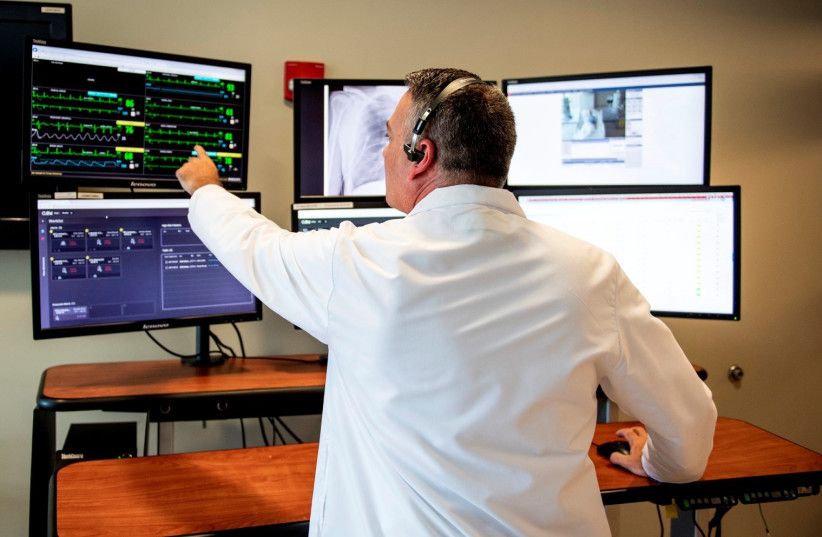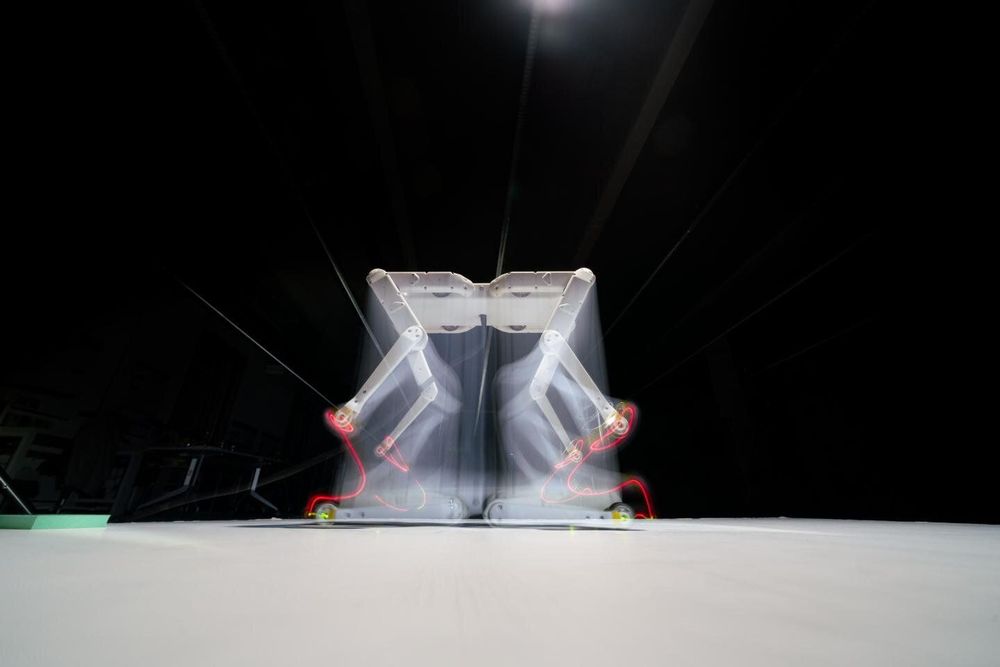Back in the Sixties, one of the hottest toys in history swept America. It was called Etch-A-Sketch, and its popularity was based on a now-laughably simple feature. It was a handheld small-laptop-sized device that allowed users to create crude images by turning two control knobs that drew horizontal, vertical and diagonal lines composed of aluminum particles sealed in a plastic case. It allowed experienced artists to compose simple and sometimes recognizable portraits. And it allowed inexperienced wannabe artists who could barely draw stick-figure characters to feel like masters of the genre by generating what, frankly, still looked pretty much like mush. But Etch-A-Sketch was fun, and it went on to sell 100 million units to this day.
Six decades later, researchers at the Chinese Academy of Sciences and City University of Hong Kong have come up with an invention that actually does what so many wishful enthusiasts imagined Etch-A-Sketch did all those years ago.
DeepFaceDrawing allows users to create stunningly lifelike portraits by inputting loose, non-professional, roughly drawn sketches. It requires no artistic skills and no programming experience.






